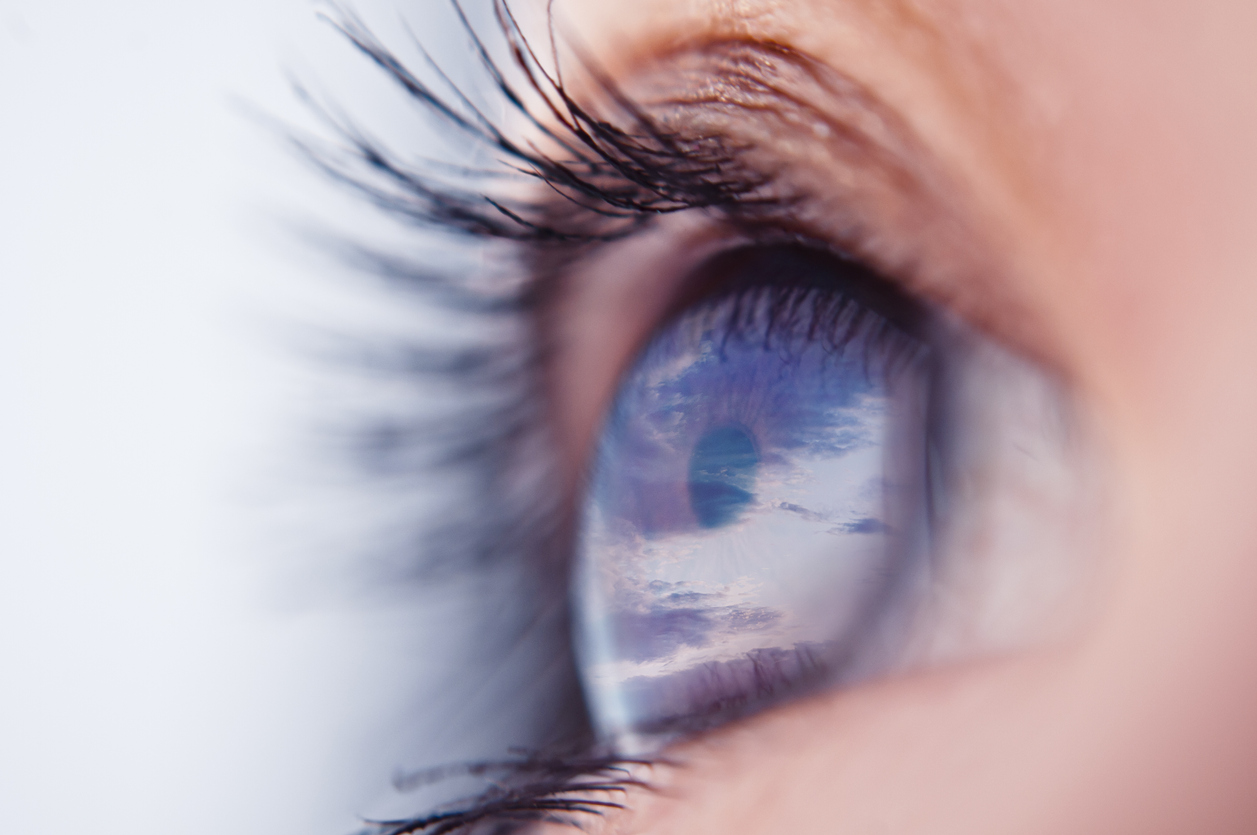 Fuchs’ dystrophy is a slowly progressing disease that affects the cornea. It occurs when the cells in the endothelium (the inner most layer of the cornea) start to deteriorate. This causes fluid to build up, making the cornea swell and your vision become hazy.
Fuchs’ dystrophy is a slowly progressing disease that affects the cornea. It occurs when the cells in the endothelium (the inner most layer of the cornea) start to deteriorate. This causes fluid to build up, making the cornea swell and your vision become hazy.
Women are more likely to have Fuchs’ dystrophy than men, and a family history of the disease increases your risk of developing it, according to the American Academy of Ophthalmology.
If your vision has become hazy or blurry, schedule a comprehensive eye exam with Dr. Benaim.
Stages of Fuchs’ Dystrophy
There are two stages to Fuchs’ dystrophy. In the first stage, you may begin to notice problems, such as blurry vision in the morning, which improves as the day progresses.
What causes it?
Your eyes tend to be moister when you’re sleeping than when you’re awake, since your eyelids are closed. When you’re awake, the fluid will typically dry normally.
In the second stage, your vision will remain blurry all day long. During sleep, too much fluid builds up and it doesn’t dry normally throughout the day. You may also start to develop small blisters. As they grow and, eventually, break open, it can cause immense eye pain.
Treatment for Fuchs’ Dystrophy
Fuchs’ dystrophy is generally treated with eye drops, ointments, or contact lenses which can help to reduce eye swelling. If these treatments don’t work — and the disease begins to interfere with your daily routine — a corneal transplant may be necessary to restore eyesight.
It is possible to have Fuchs’ dystrophy in your 30s and 40s and not know it. You may not start to experience vision problems until you reach age 50 or 60. That makes it all the more important to schedule regular eye exams with an ophthalmologist.
To schedule an appointment with Dr. Benaim, call 561-747-7777.
 New Address:
New Address: